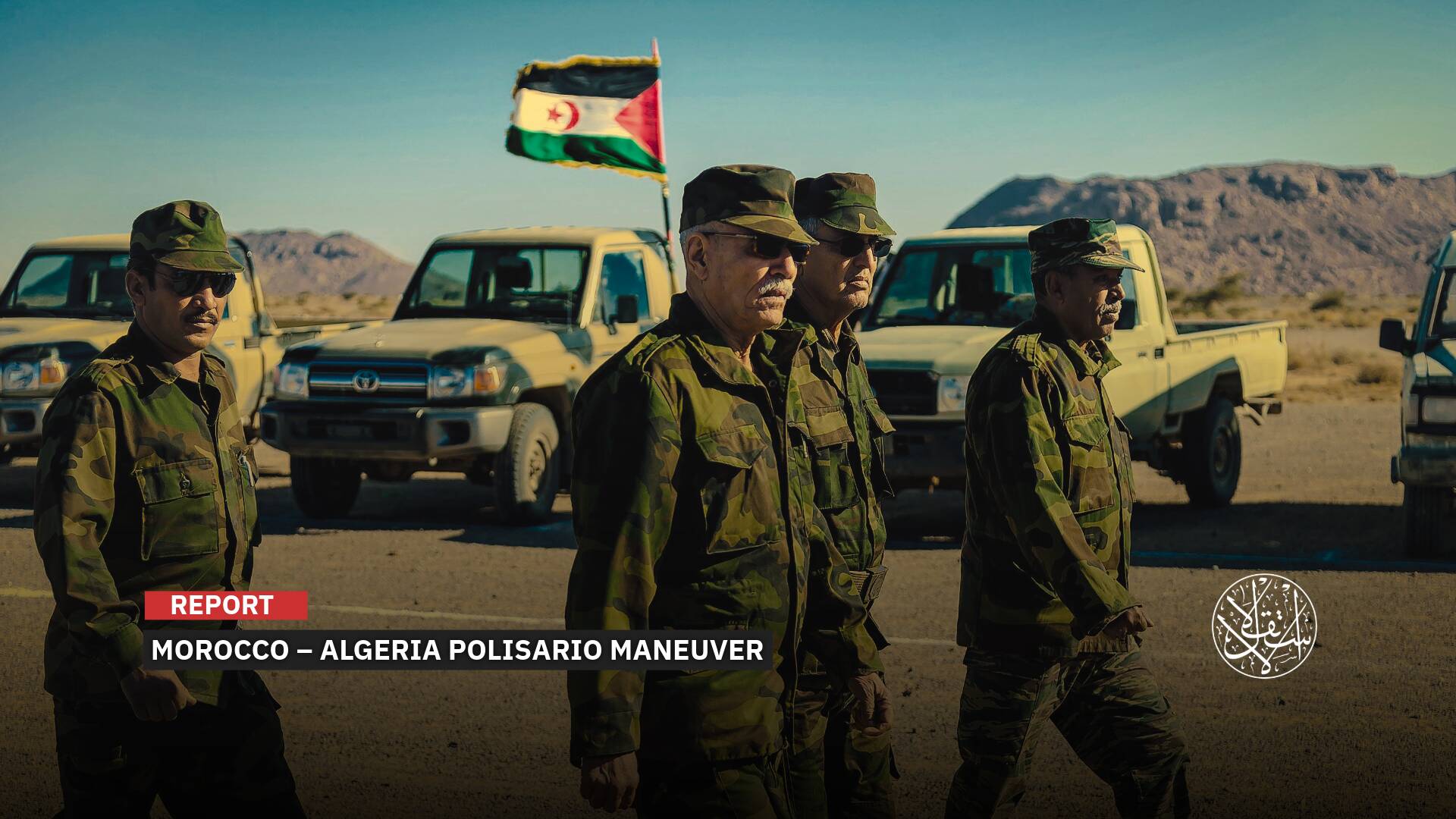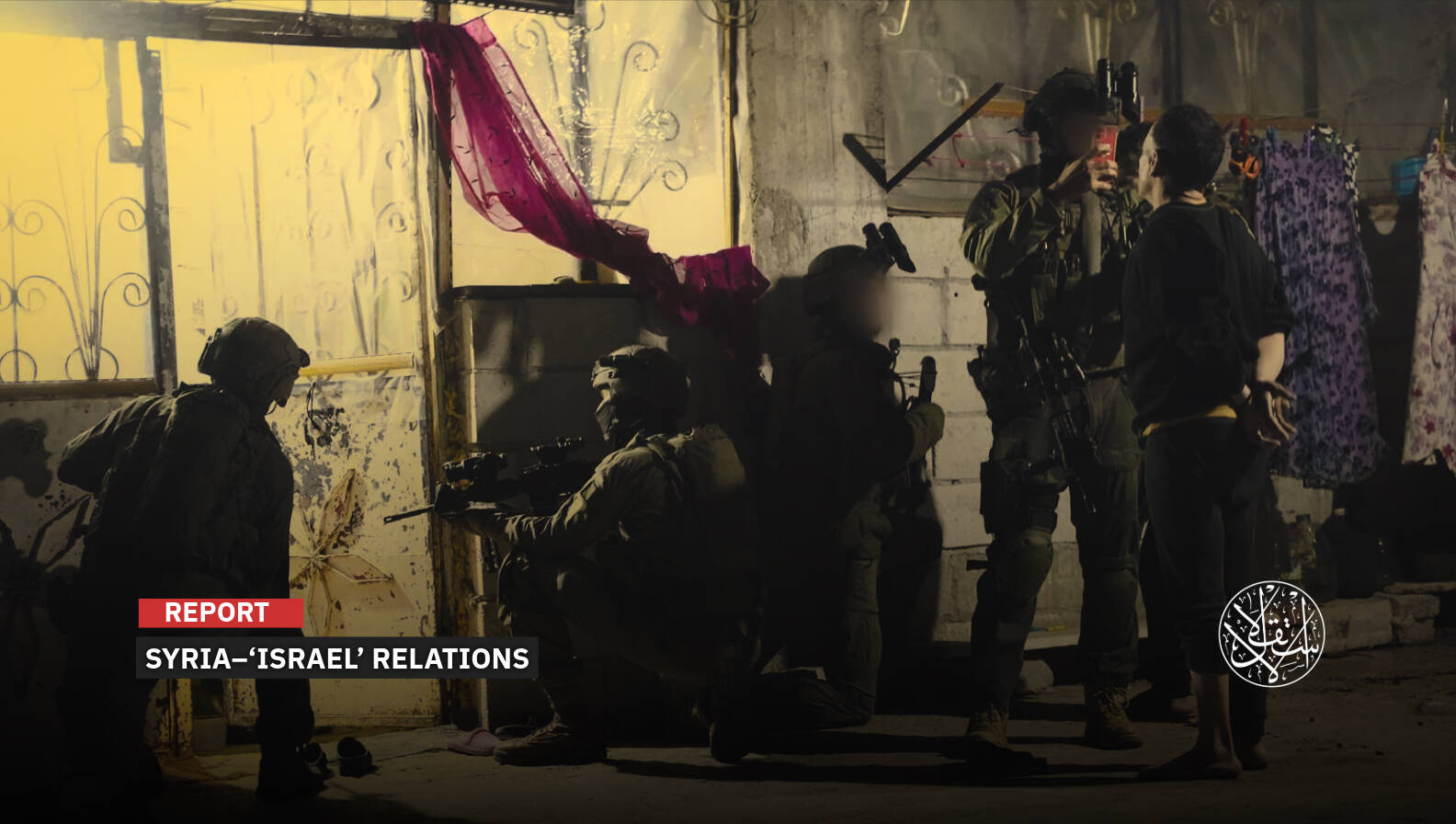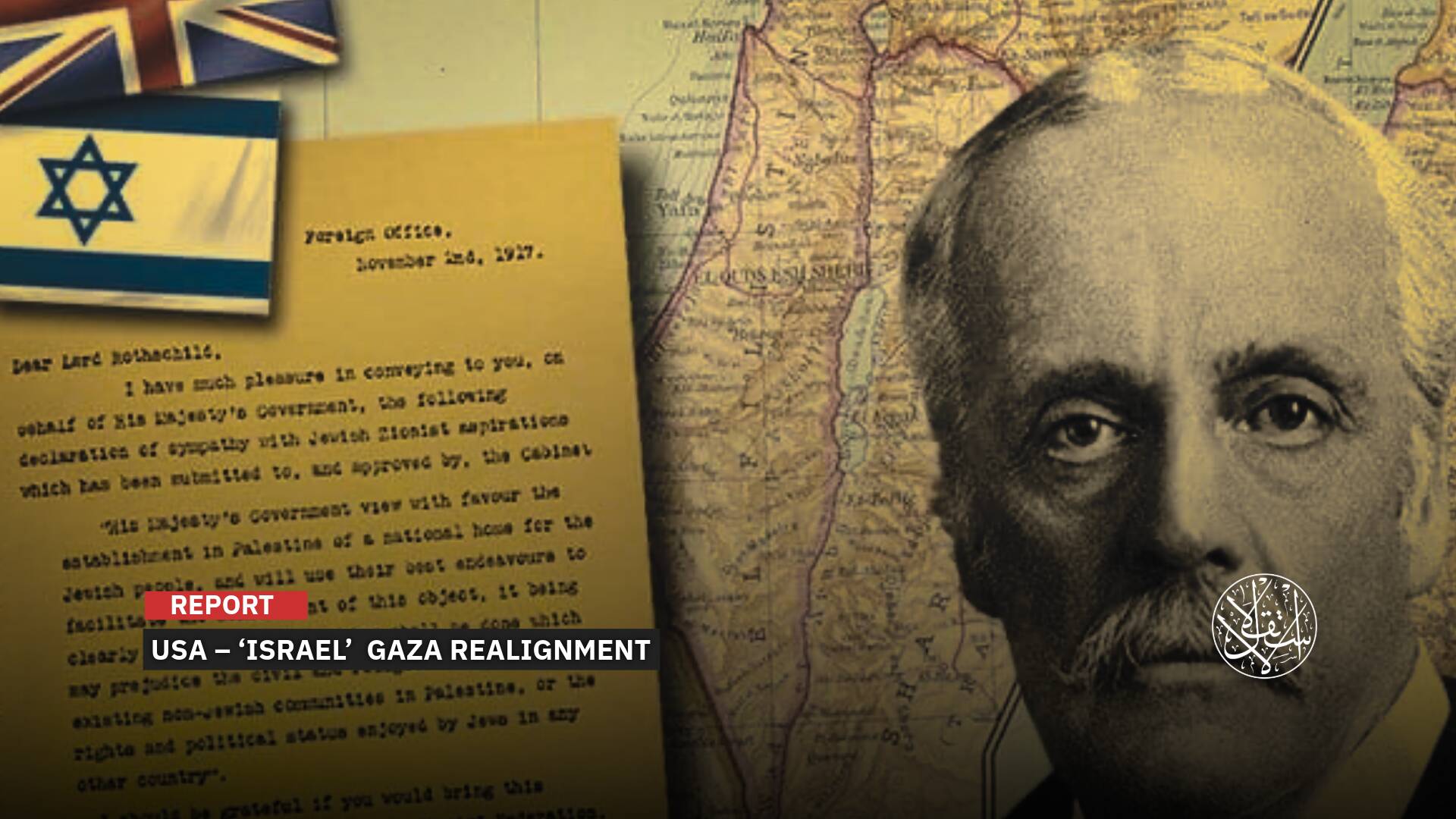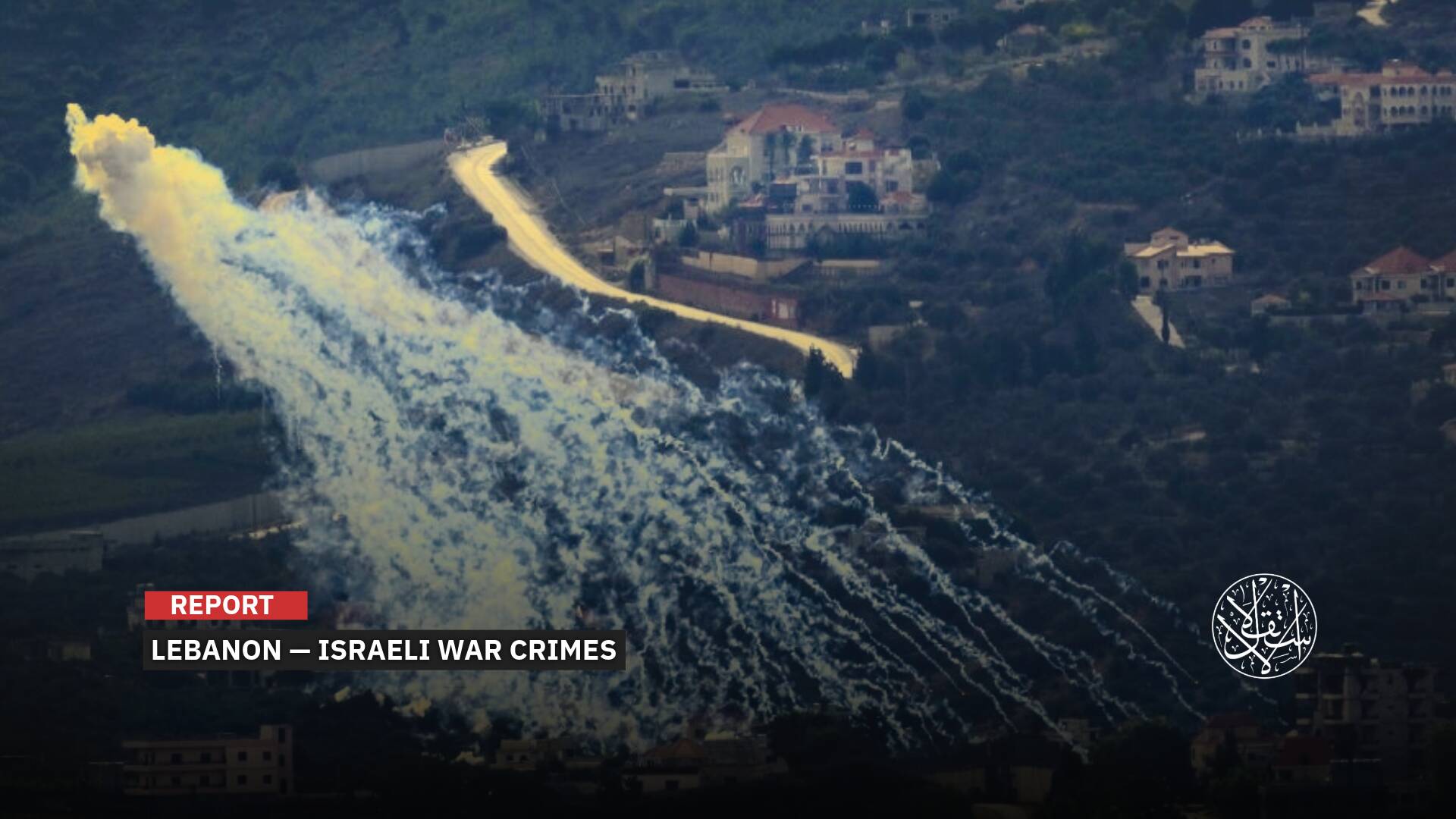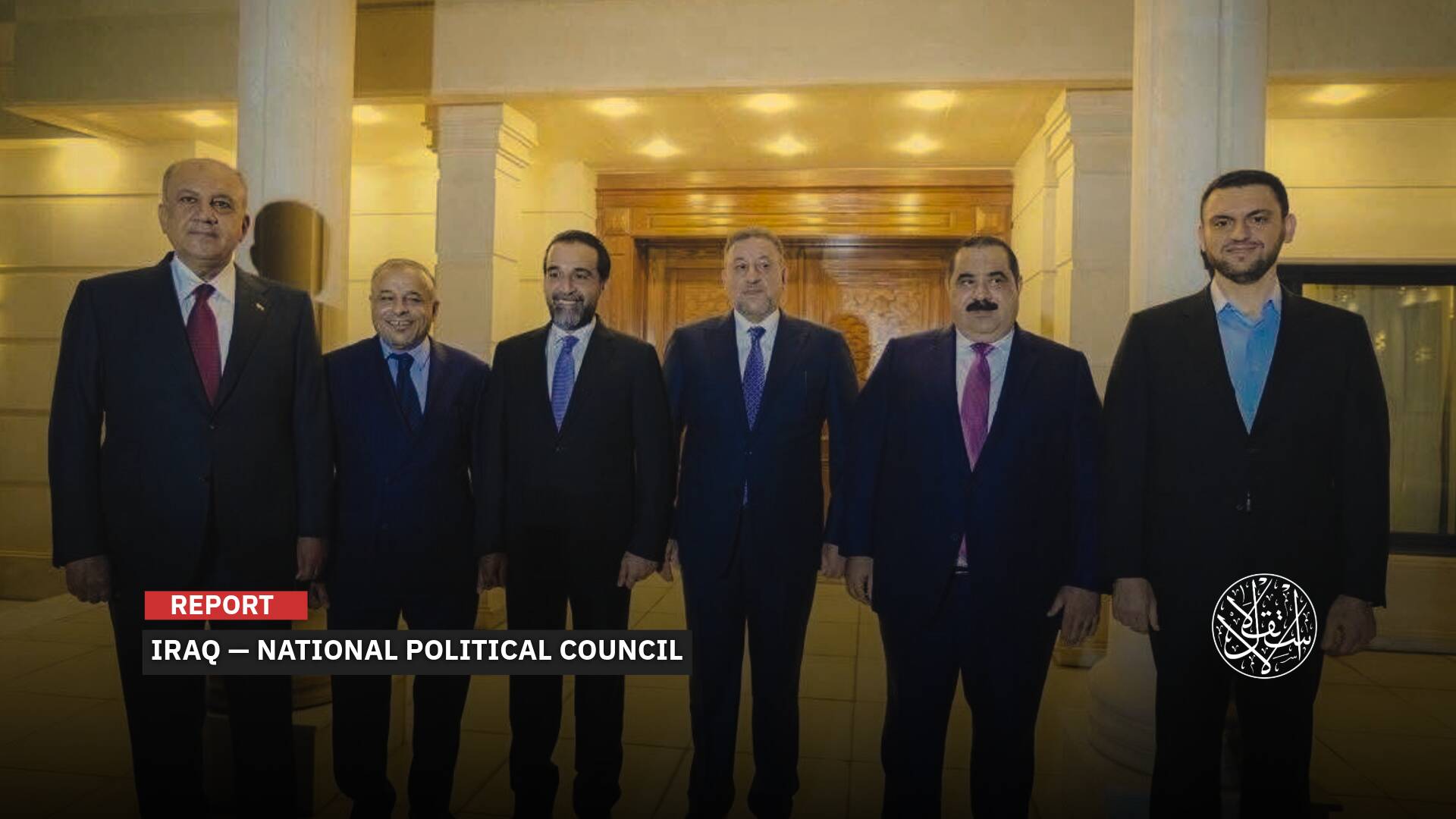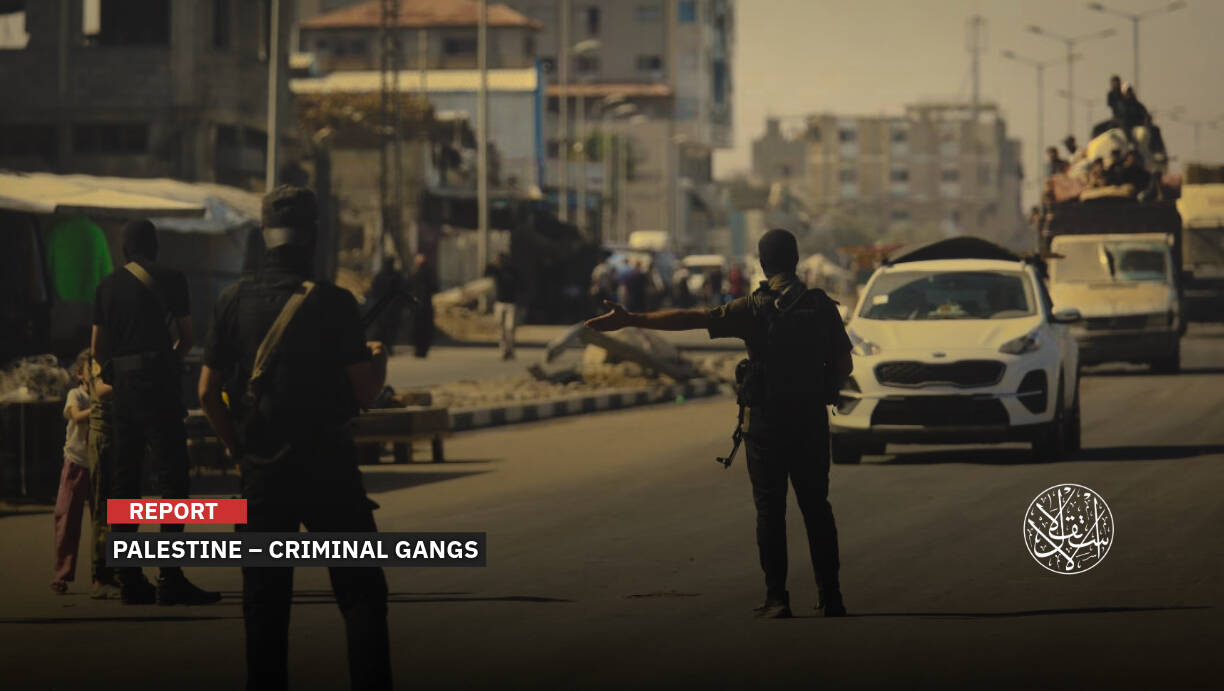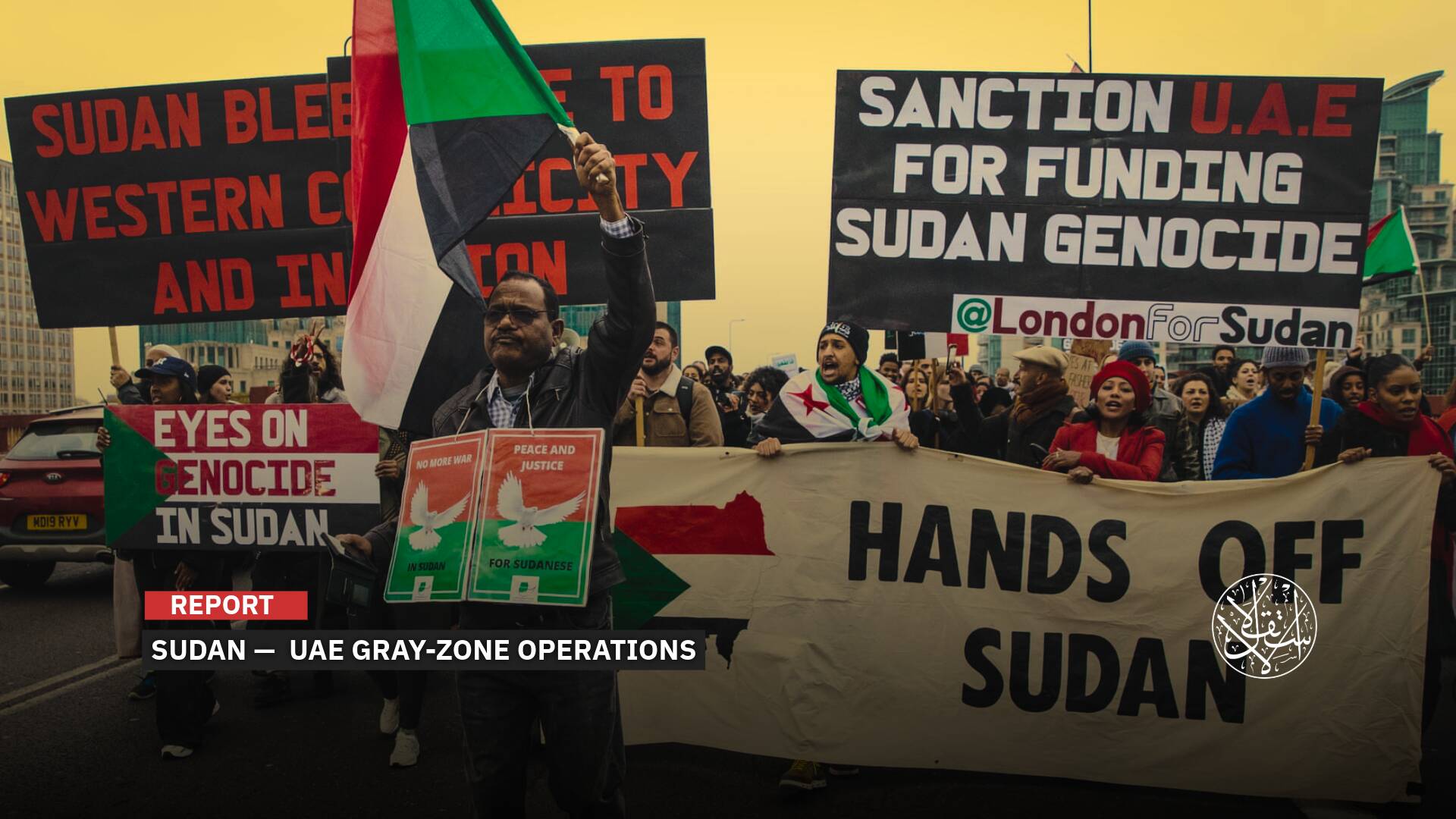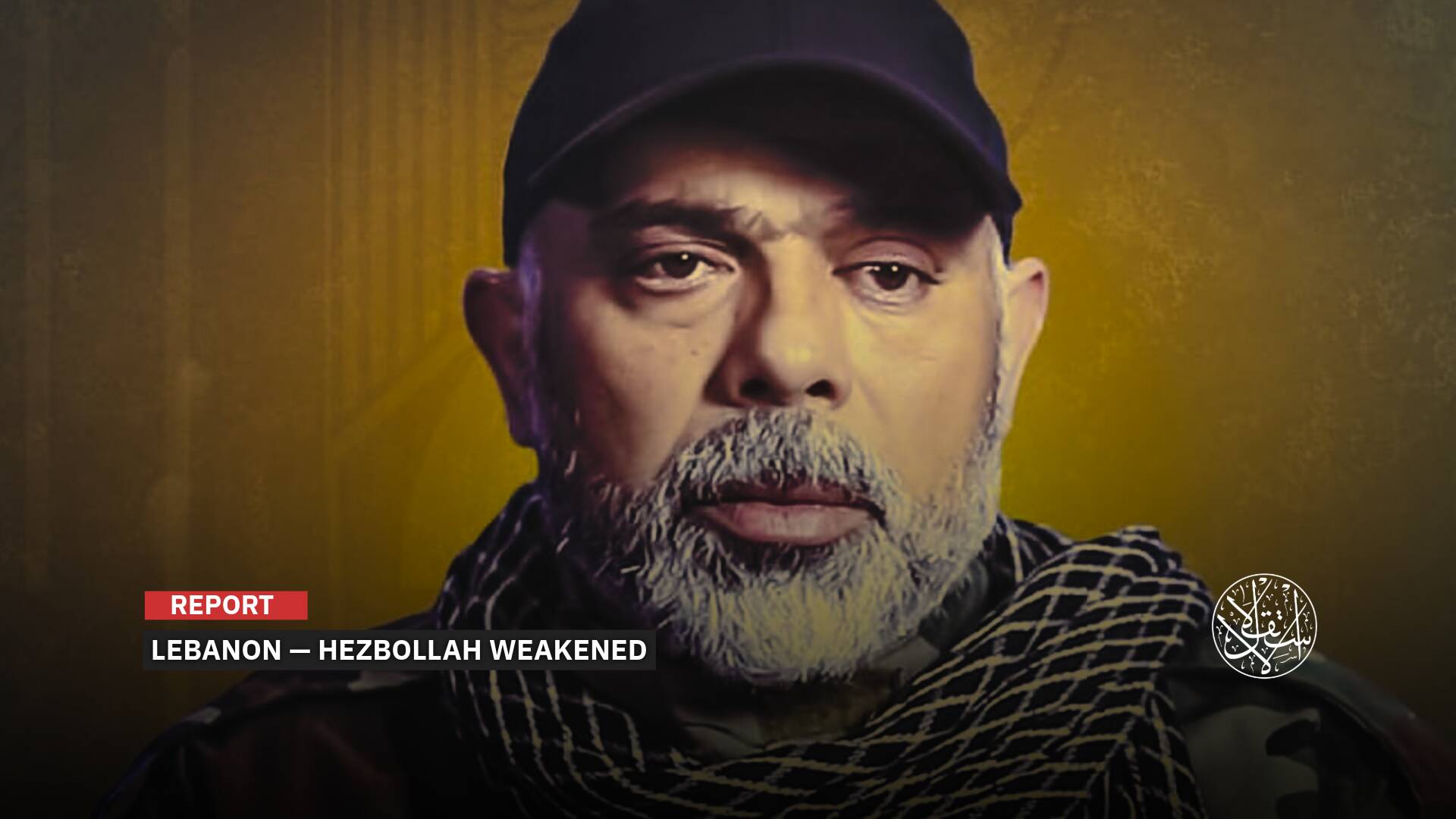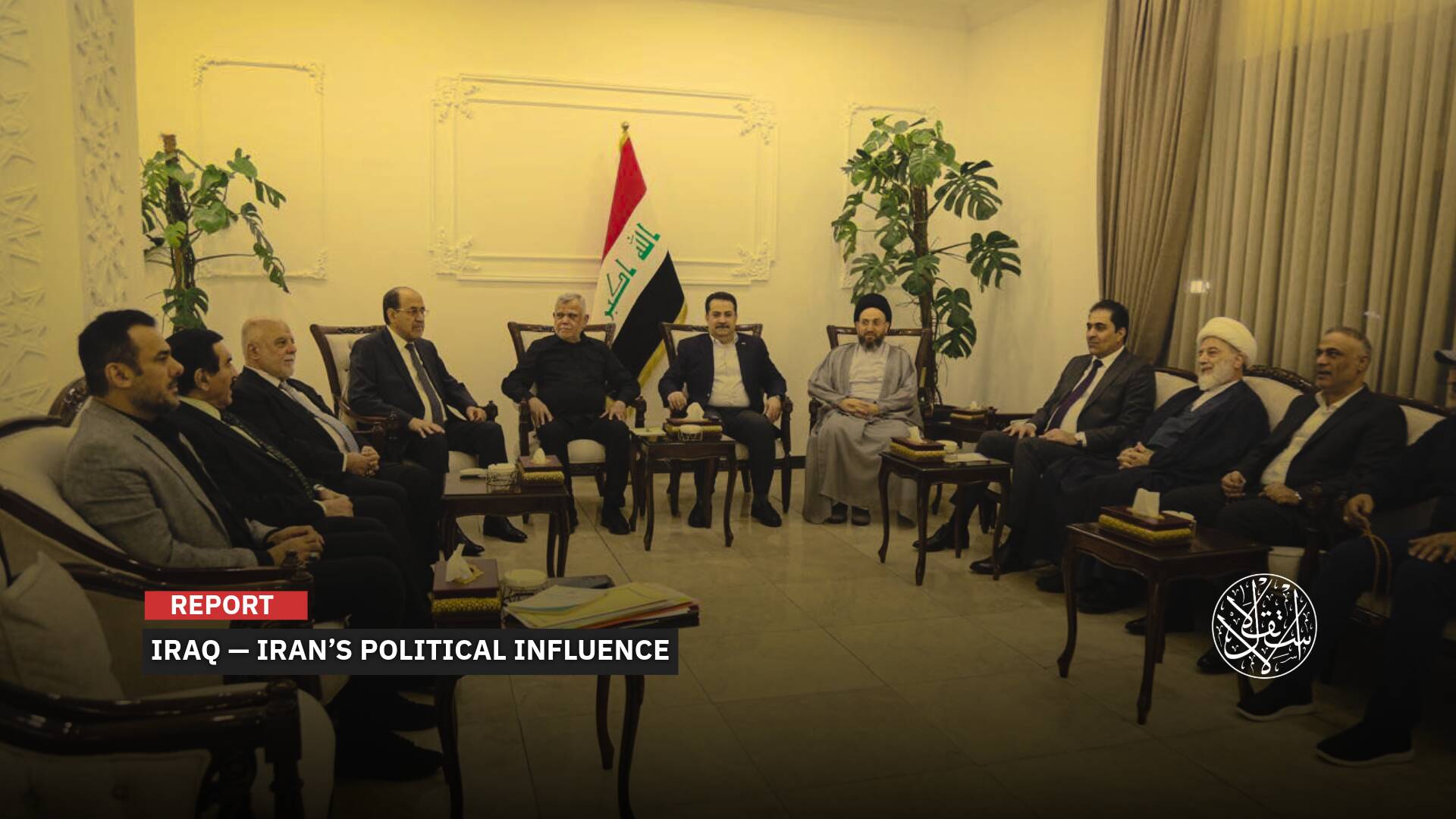Pursuit of al-Assad’s Top Officers After Years of Bloodshed in Syria

The blood and rights of the innocent killed and detained will not be forgotten or wasted.
The pursuit of senior officers from Bashar al-Assad's regime, responsible for crimes against the Syrian people, continues as all of them remain unaccounted for since the regime's fall on December 8, 2024.
The leadership of the military operations, conducted through a coalition of Syrian opposition factions that brought about Assad's downfall, has not announced the capture of any high-ranking officers accused of war crimes and crimes against humanity in the suppression of the revolution that began in March 2011.
A Chase by Name
Military experts confirm that some senior officers of the now-collapsed Assad regime managed to flee to neighboring countries or hide in the mountains of Syria's coastal region or their hometowns.
Many officers fled in haste, leaving their families behind without securing their safety.
This chaotic exodus followed Bashar al-Assad's escape in the early hours of December 8, when he fled the Republican Palace aboard a helicopter to the Russian Hmeimim Airbase in Latakia. From there, he was transported to Moscow on a military cargo plane.
Assad’s flight, prompted by advancing opposition forces nearing Damascus, left his officers scattered, each seeking their own way to escape—either by fleeing the country or hiding in unknown locations.
Damascus International Airport was rarely used by senior officers as an escape route. However, one plane successfully evacuated high-ranking officials, including former Defense Minister Ali Abbas, Air Force Commander Major General Tawfiq Khaddour, Air Intelligence Director Qahtan Khalil, and Brigadier General Bassam Dakanji.
These officers fled just before opposition forces reached Damascus Airport in the early hours of December 8. They boarded a Yak aircraft that transported them to Benghazi, Libya, according to Omar Qanat, deputy commander of the 29th Air Brigade, which oversees the airport, as reported by Al-Jazeera.
Qanat added that a second plane, an Ilyushin-76, departed Damascus Airport at 4 a.m. for Latakia, carrying several officers and their families.
According to Intelligence Online, at approximately 4 a.m. on December 8, a Cham Wings Airlines plane landed in Benghazi with a group of Syrian officers onboard. The plane had hovered in Libyan airspace for an hour before receiving clearance to land.
The rapid fall of Assad’s regime shocked Libyan warlord Khalifa Haftar in eastern Libya. Haftar, who had maintained close ties with Assad for years, shared a mutual reliance on their Russian ally.
In recent years, the Assad and Haftar families forged closer trade relations, culminating in a secret visit by Bashar’s younger brother Maher Assad to Saddam Haftar in September 2022.
Their cooperation peaked in 2020 with an agreement to train Libyan National Army pilots in Syria, a plan disrupted by the accidental death of a Libyan pilot in December 2022, when his aircraft crashed at Kuweires Military Airport in Aleppo.
Senior Assad regime officers used the Russian Hmeimim Airbase in Latakia as a “safe hub,” where they were transported abroad in batches on Russian planes.
This was confirmed on December 13, when a Syrian security official revealed to Reuters that a Russian cargo plane had departed Hmeimim Airbase en route to Libya.
At the top of Syria's wanted list now, after Bashar al-Assad’s relocation to Moscow, is his brother Maher Assad, 57, commander of the “4th Armored Division,” a key unit of the regime’s military. Officers under Maher’s command were heavily involved in killing protesters and committing massacres during city invasions to crush the revolution.

Escape Routes
According to journalistic sources, Maher al-Assad managed to escape alone to Iraq with the help of smugglers.
As for Assad’s security advisor, former head of the “National Security Office,” Major General Ali Mamlouk, who is on the wanted list, initial reports suggested he had entered Lebanon under Hezbollah’s protection.
However, Saudi Arabia’s al-Arabiya channel later reported that Ali Mamlouk, known as Assad's “black box,” was with Maher al-Assad in the Qandil Mountains near the Iraqi-Iranian border.
Lebanon’s state-run National News Agency quoted Interior Minister Bassam Mawlawi as saying, “Ali Mamlouk is not in Lebanon and has not entered the country. If he does, he will be arrested.”
“Mamlouk’s photo has been circulated at Rafic Hariri International Airport in case he attempts to pass through with forged documents.”
Syrian military experts speculate that many Assad regime officers hold Syrian diplomatic passports under aliases, which they used to flee to neighboring countries in the immediate aftermath of Assad’s fall, before continuing to other destinations.
“Some 8,000 Syrian citizens have entered Lebanon through the Masnaa border crossing in recent days, according to two Lebanese security officials and a judicial official, and about 5,000 have left the neighboring country through Beirut’s international airport,” The Associated Press reported.
The officials spoke on condition of anonymity because they were not authorized to release the information.
However, reports indicate that senior officers entered Lebanon either through illegal crossings or using forged travel documents under fake identities.
A military source from the Syrian opposition revealed that Brigadier General Yassin Dahi, head of Far' Falastin (Palestine Branch) in Damascus under Military Intelligence, is currently in the UAE.
Alongside him are Nawaf Ragheb al-Bashir, leader of the Iran-backed local militia “Lions of the tribes,” and Hussam Qaterji, a prominent “warlord” supporting the Assad family who commands the Qaterji militia.
For years, Far’ Falastin, established in 1969, has been notorious as one of the Assad regimes’ most infamous detention centers. It has been the site of widespread human rights abuses, including daily torture that often ends in death.
It is also believed that some Assad regime officers left Syria during the evacuation of Iranian militia members from the Russian Hmeimim Airbase on December 10, 2024, in an operation assisted by Russia at Tehran's request.
Russian President Vladimir Putin acknowledged on December 19 that the Russian military had evacuated “4,000 Iranian fighters” from Syria on December 10, 2024, following Tehran’s request.

Pursuit and Accountability
Undoubtedly, pursuing and holding accountable the officers of the defunct Assad regime involved in the bloodshed of the Syrian people is among the top priorities of Syria's new leadership.
Ahmad al-Sharaa, head of the Military Operations Command announced that the transitional government will soon release a “first list of senior officials involved in torturing the Syrian people” to ensure their prosecution and accountability.
“We have affirmed our commitment to forgiving those whose hands are not stained with Syrian blood and granted amnesty to those who served under compulsory military duty.”
He emphasized that the blood and rights of innocent detainees and victims “will neither be wasted nor forgotten.”
Al-Sharaa vowed to bring perpetrators of such violations to justice, adding, “We will pursue them within our country.” He also noted that foreign nations would be asked to extradite any suspects on their soil.
Syrian human rights organizations have documented the names of Assad regime officers who committed war crimes and crimes against humanity to suppress the revolution, recording incidents of killings along with their locations and dates.
UN investigators have also compiled confidential lists with the names of 4,000 individuals accused of war crimes and serious violations in Syria. They have expressed hope for ensuring accountability at the highest levels with the fall of the ousted Bashar al-Assad.
“It is very important that the top-level perpetrators are brought to justice,” said Linnea Arvidsson, who coordinates the United Nations Commission of Inquiry on Syria (COI).
“The focus should be on those who carry the main responsibility for the violations that have been committed for so many years, rather than the lower-level perpetrators,” she told AFP in an interview.
Following Assad's fall, the transitional government, now in charge of Syria, established centers in various cities to settle the status of army, police, and intelligence personnel in their respective hometowns. These centers aim to verify their involvement in the killing and torture of Syrian citizens during the revolution.
Sources
- Who was in ousted Syrian President Assad’s inner circle and where are they now?
- UN investigators say 4,000 Syrian rights abusers identified
- UN investigators identify 4,000 war crimes perpetrators in Syria [Arabic]
- Official Lebanese comment on Ali Mamlouk and Maher al-Assad's family [Arabic]
- Al Arabiya sources reveal Ali Mamlouk hiding place, Assad's black box [Arabic]
- Syrian opposition reveals mechanism for pursuing senior Assad regime officials involved in killing and torture [Arabic]
- Saudi Newspaper: Maher al-Assad and Ali Mamlouk Fled to a Regional State [Arabic]


